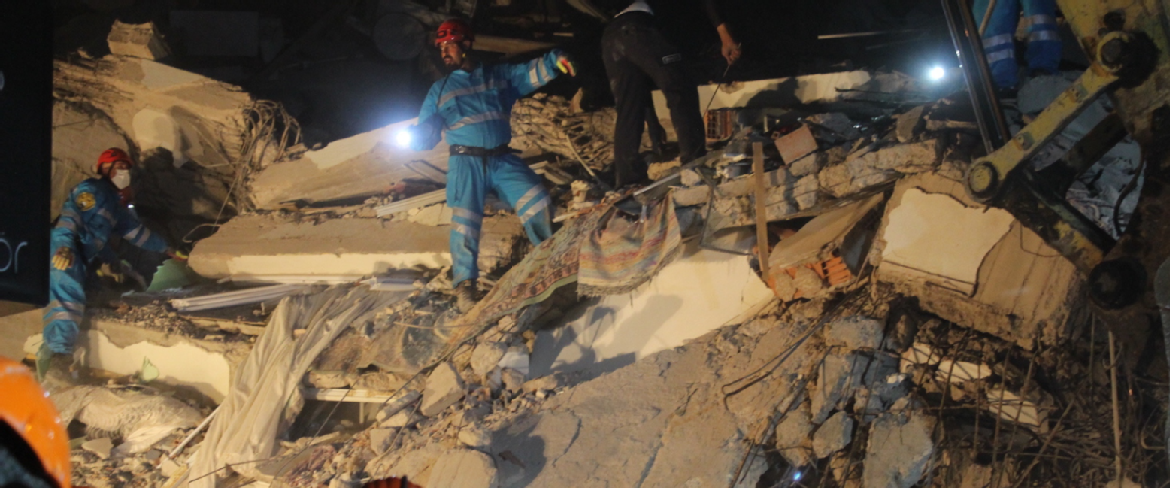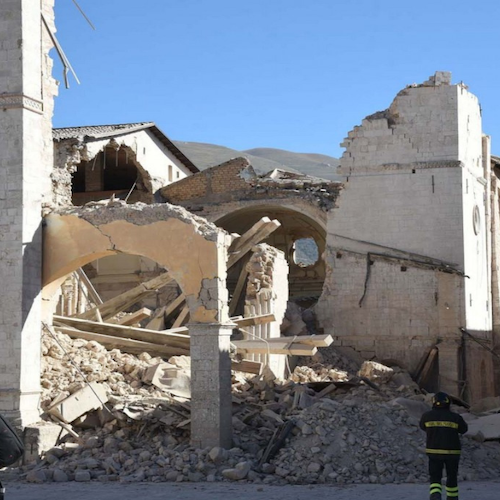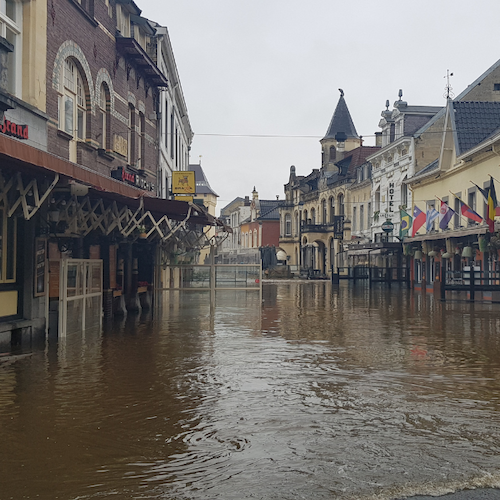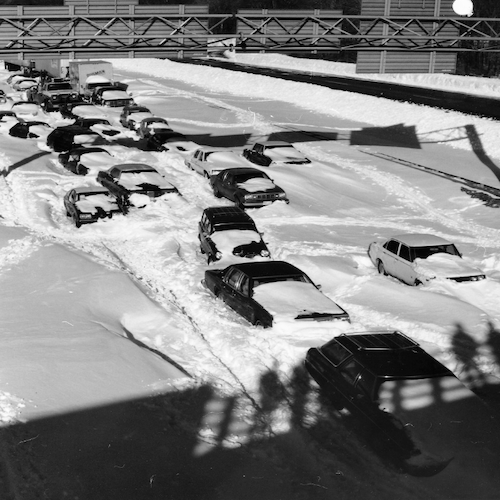EUTOPIA Urban Catastrophes Learning Community

URBAN CATASTROPHES: VULNERABILITY, DISASTERS, AND URBAN RESILIENCE SINCE THE MIDDLE-AGES
EUTOPIA Connected Learning CommunitiesLink opens in a new window
Since 2020, academic communities within EUTOPIA – an alliance of 10 institutions from European countries – have been organising cross-campus activities for students. The ambition of the communities is to develop students with intercultural skills, international networks, and global relationships. Students are at the heart of the activities, and they shape their own learning outcomes.
Learning Unit
Urbanization is a defining feature of modernity and its history. Although the majority of the world population did not live in towns and cities before 2008, the experience of urban life offers a useful perspective on the making of the modern world. Centres of political power, cultural influence, and economic activity, towns and cities have long played a critical role in global history. As a result, urban disasters often threatened the long-term trajectories of cities and states alike as their human and material toll reverberated for years thereafter. From fifteenth-century Kos to Beirut in the late-twentieth century, the capacity of urban settlements to recover from environmental and man-made catastrophes revealed the strengths and the weaknesses of their social fabric. Urban reconstruction also brings to light many issues of great importance to modern historians: the link between the built environment and local identity, the nature of social cohesion, the relationship between state and civil society, the emergence of transnational solidarity, etc.
This learning unit will introduce students to urban history by focussing on the most extreme examples of urban crises since the pre-modern era. It will combine general and comparative discussions with individual case-studies that will inform our collective reflection. Those will include cities destroyed by earthquakes, hurricanes, fires, floods, and industrial accidents. We will also consider the post-conflict reconstruction of cities and the impact of deindustrialization and economic decline.




